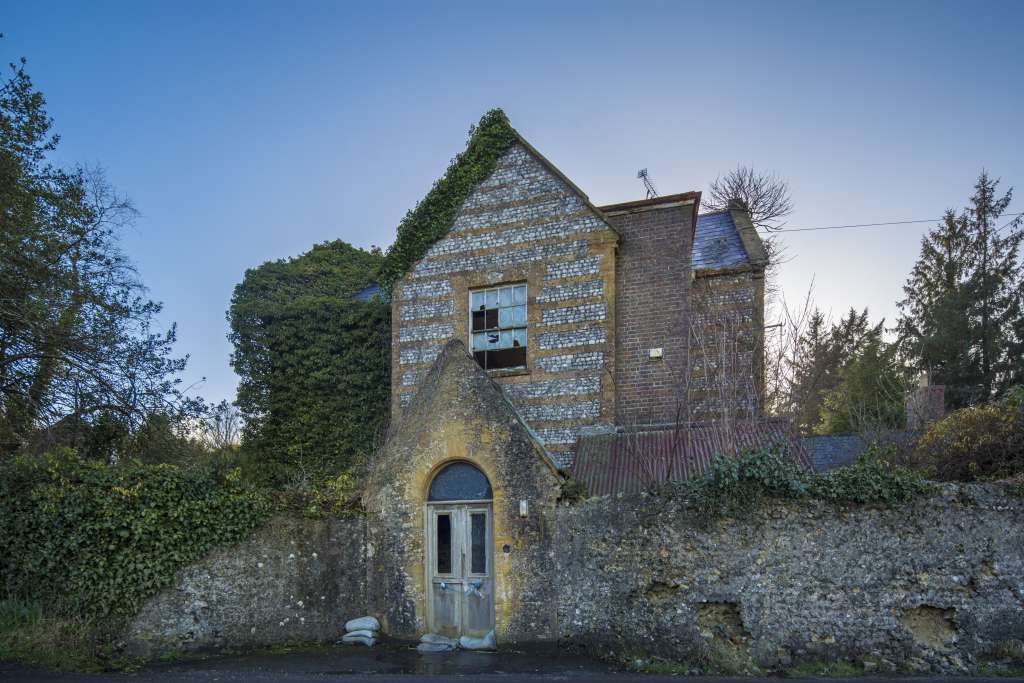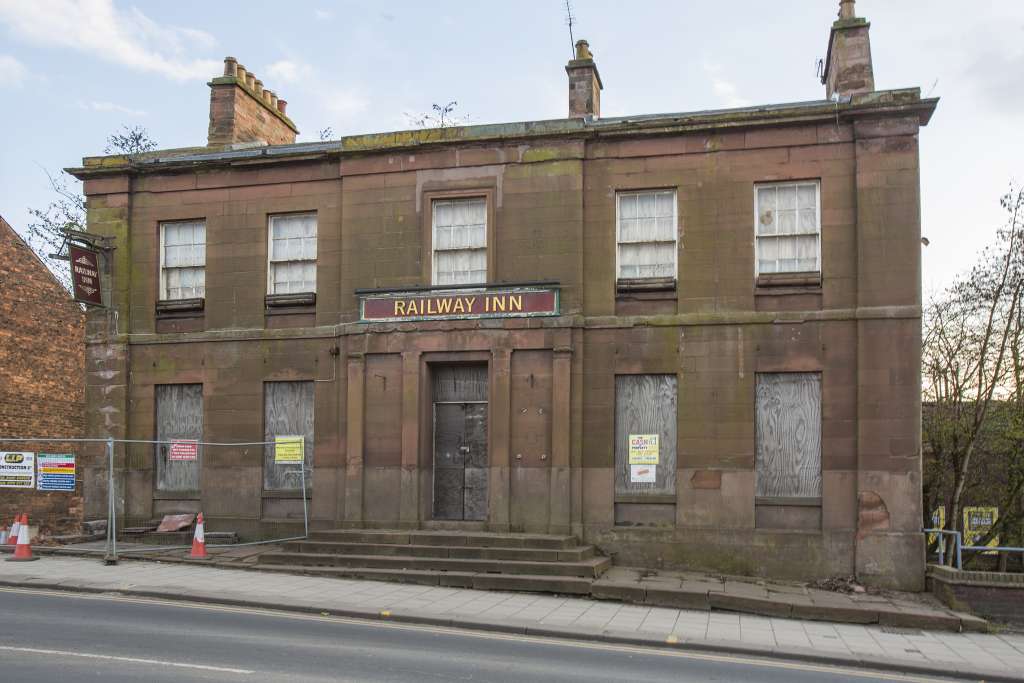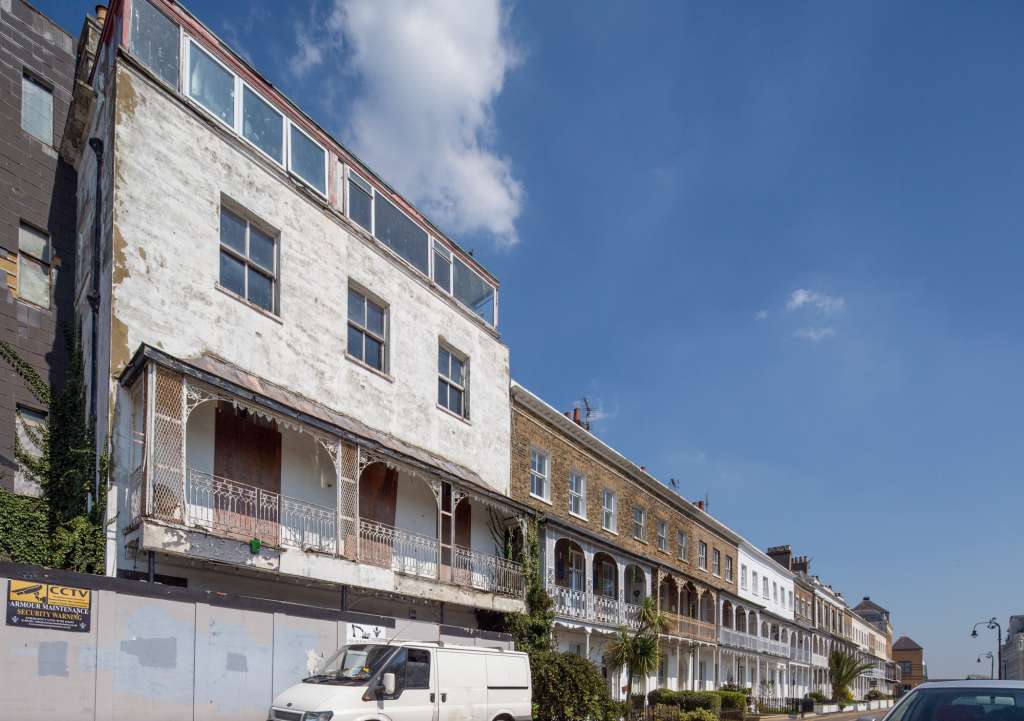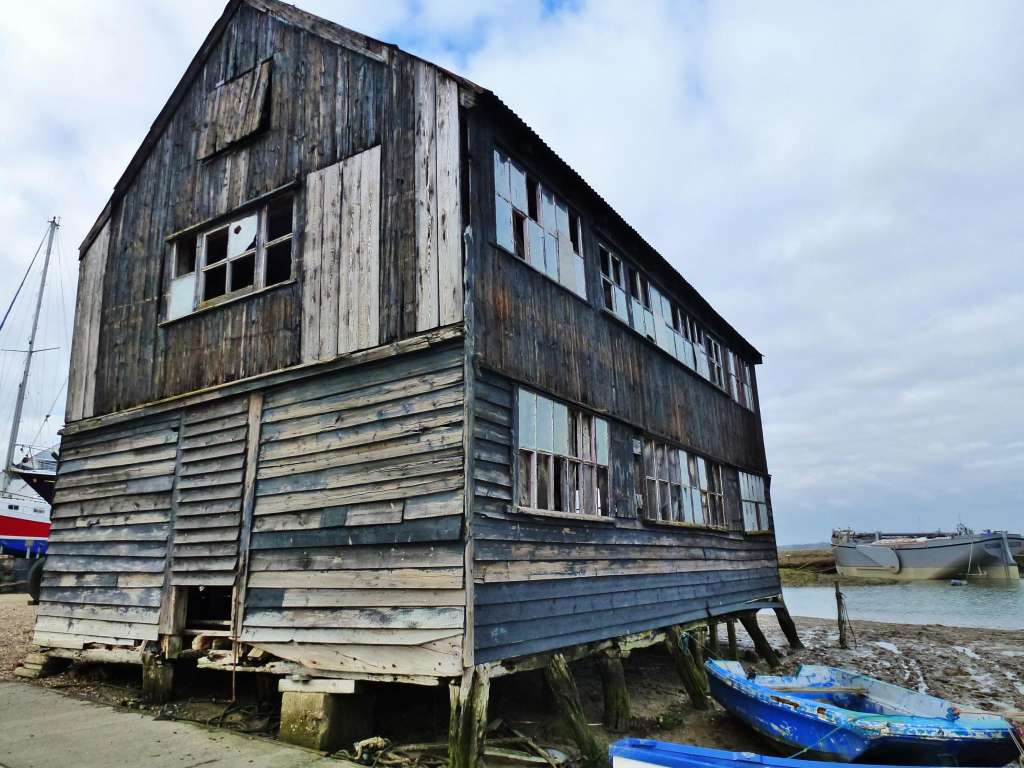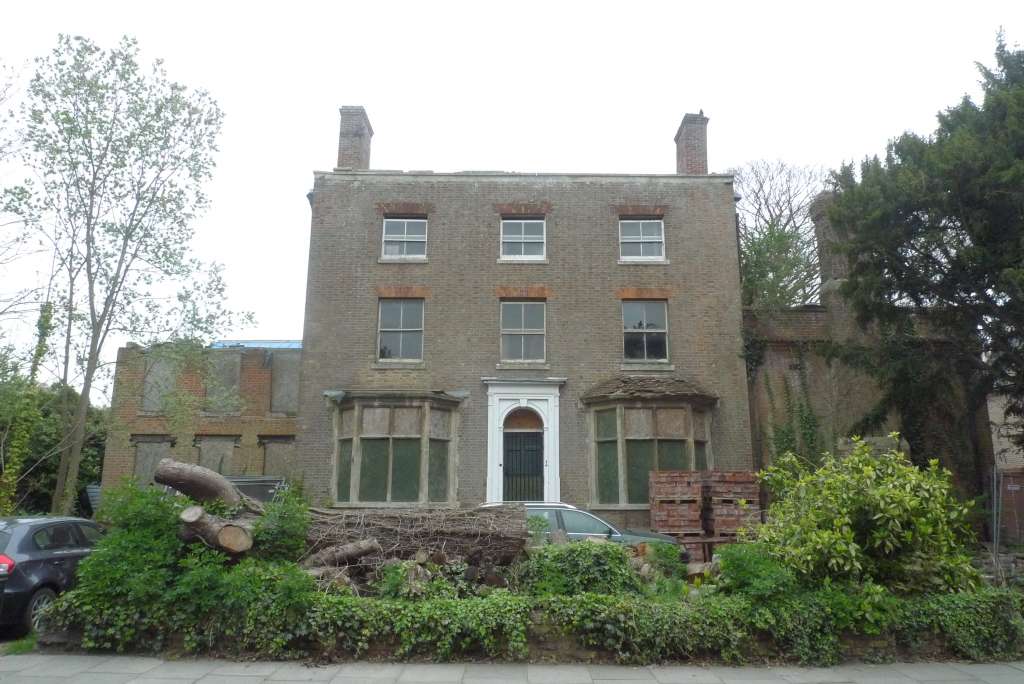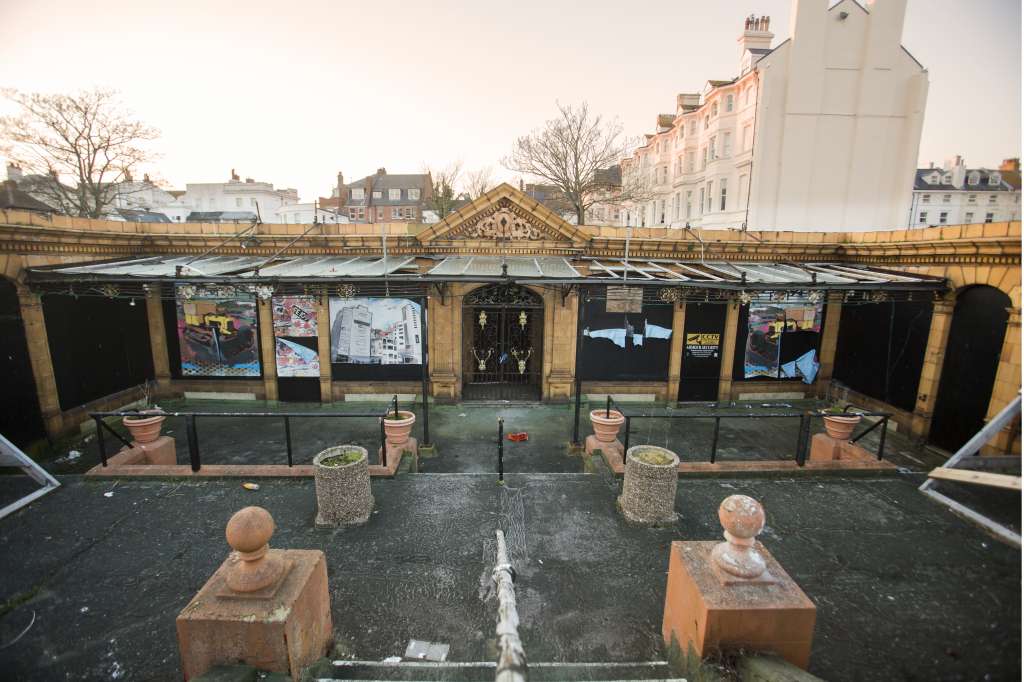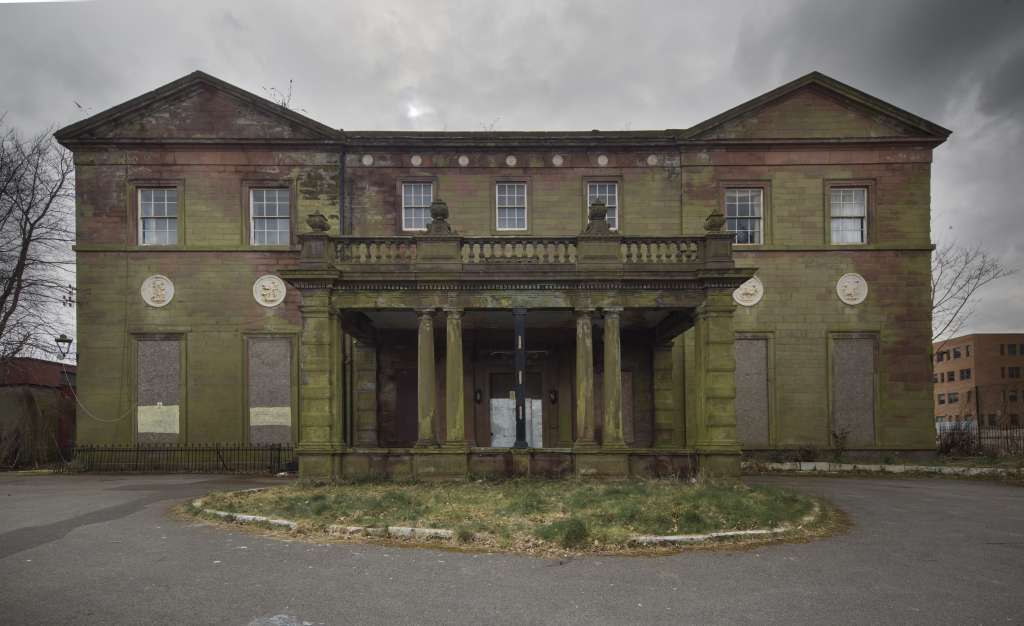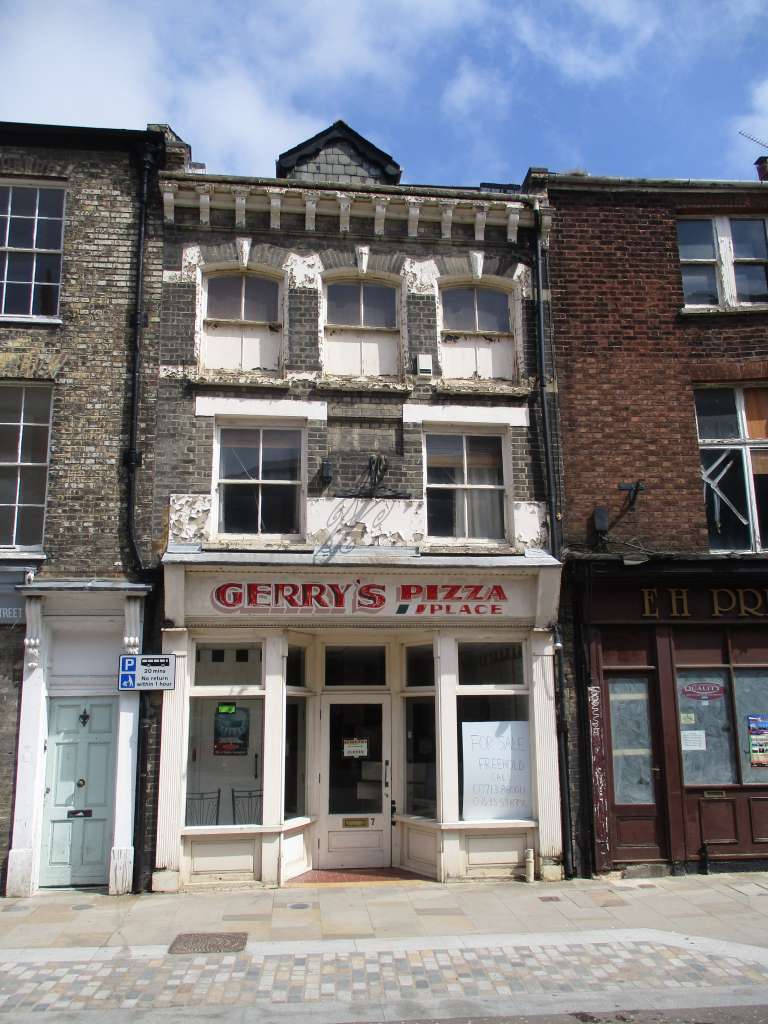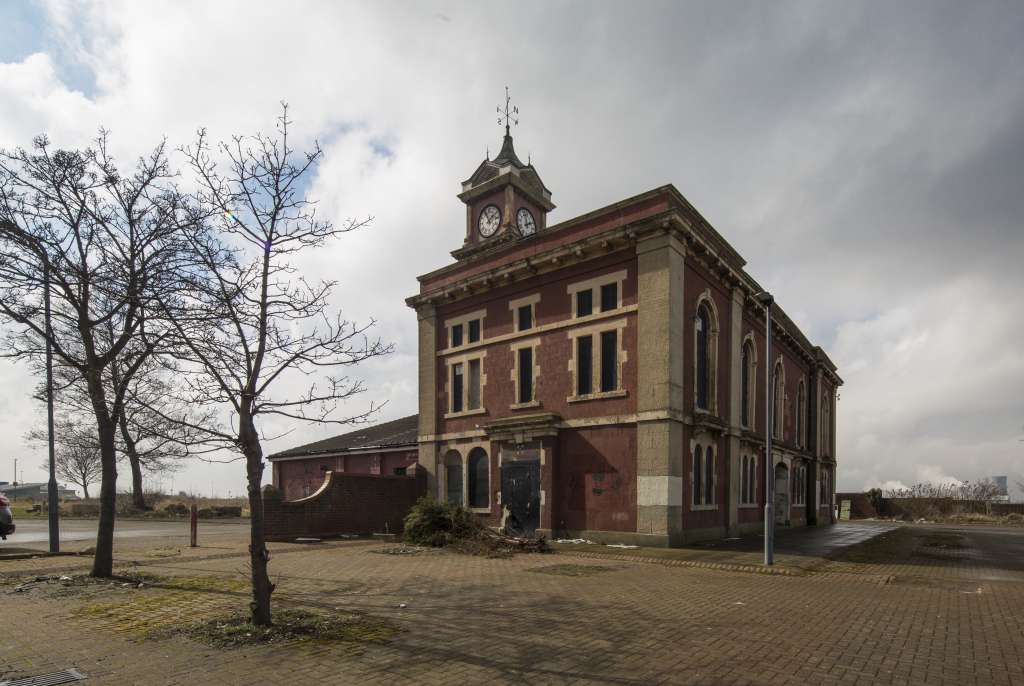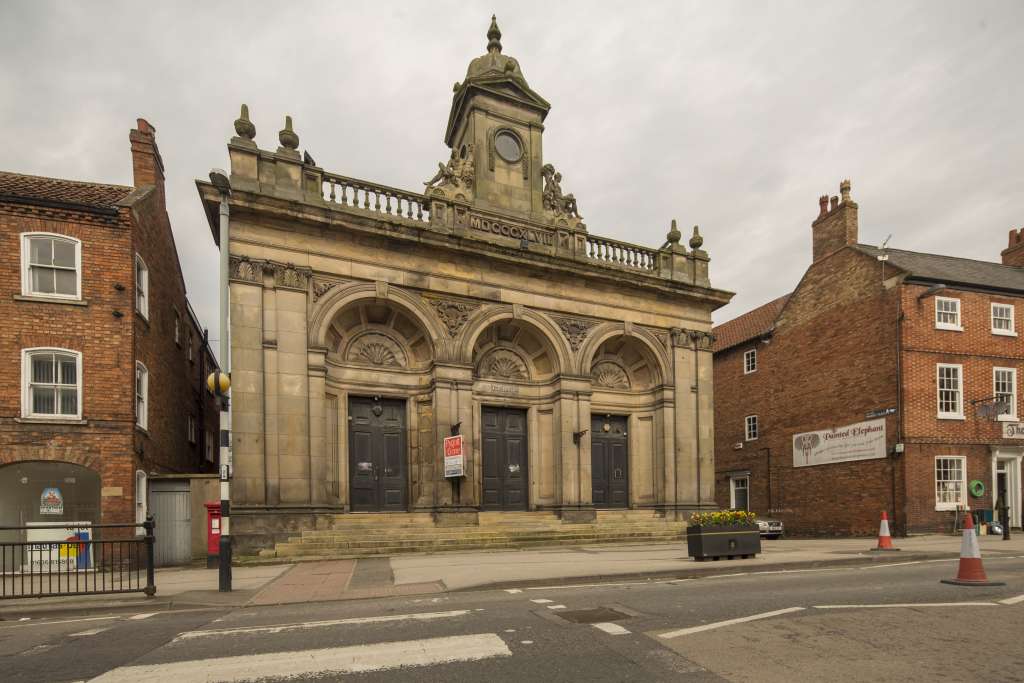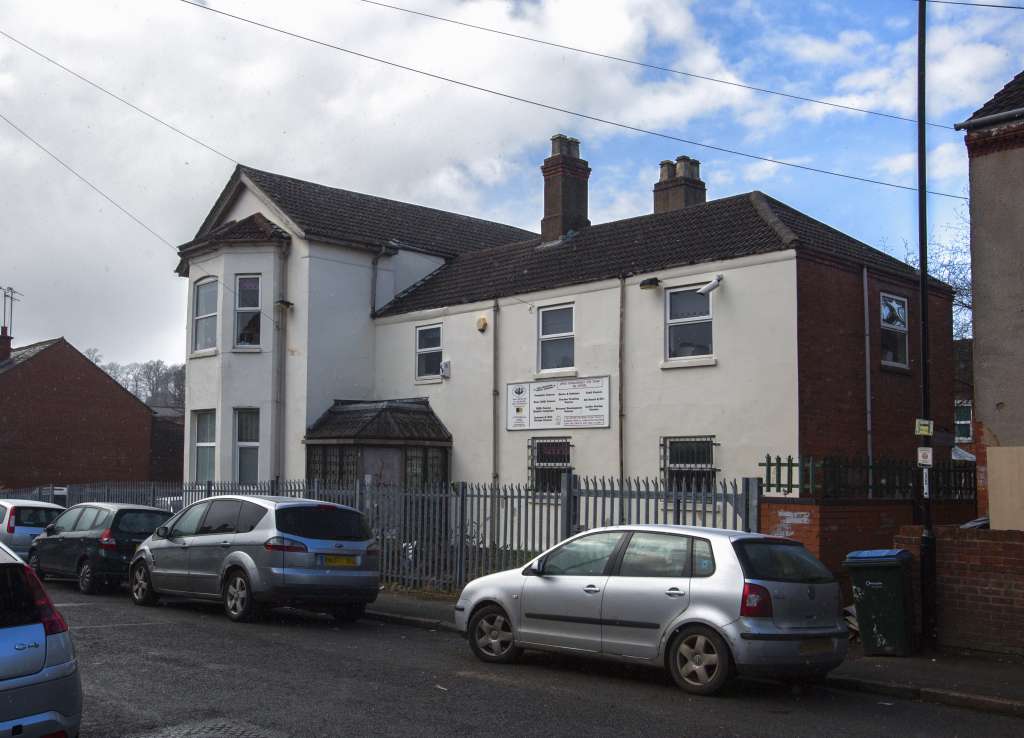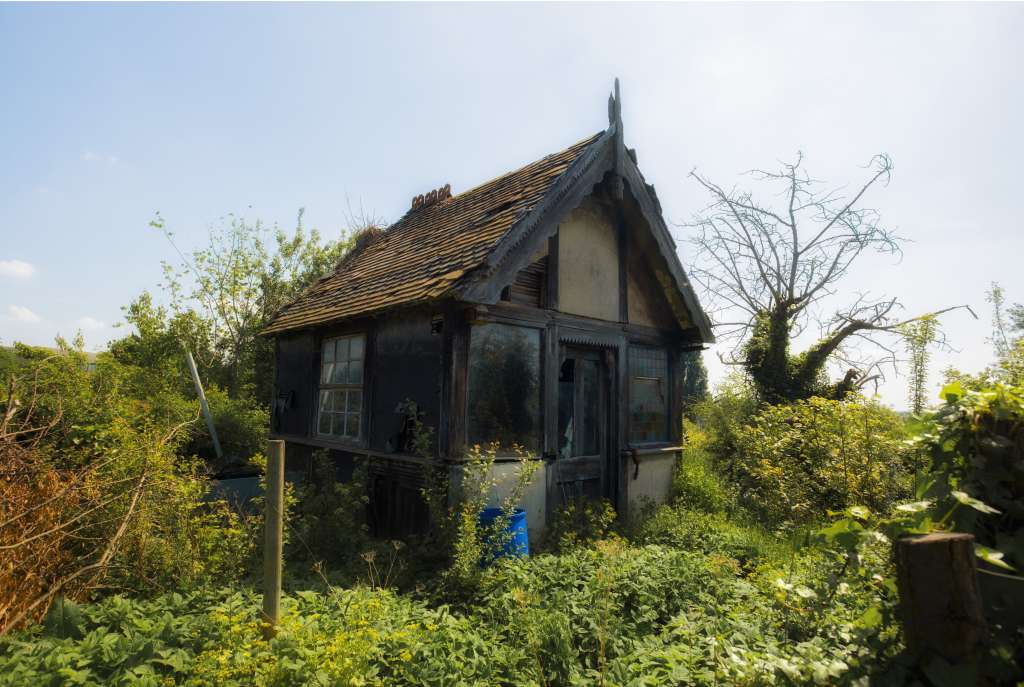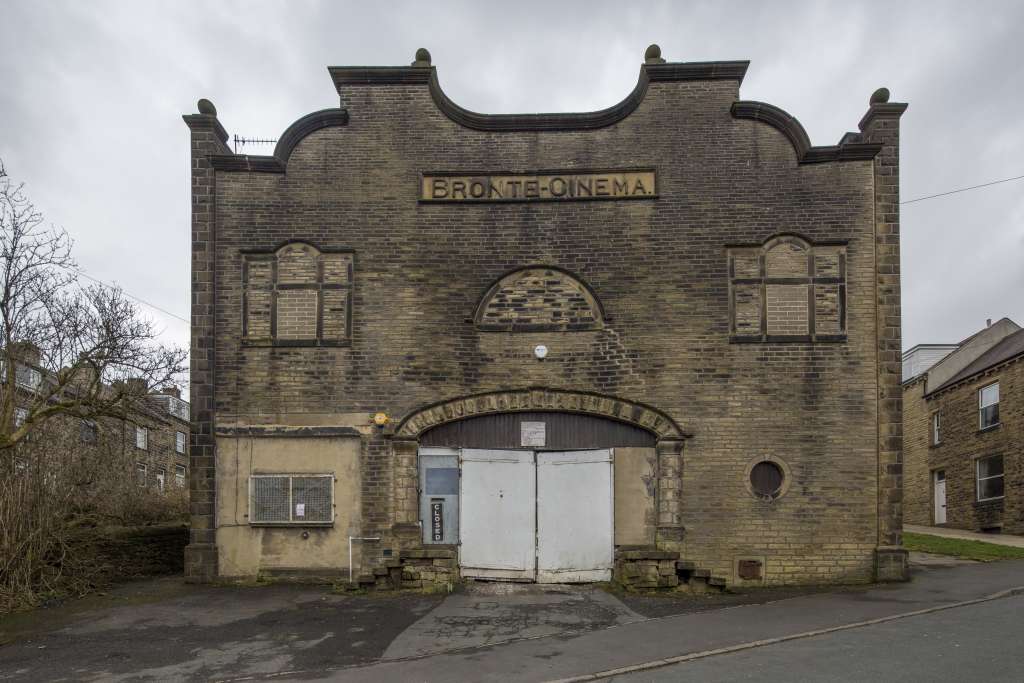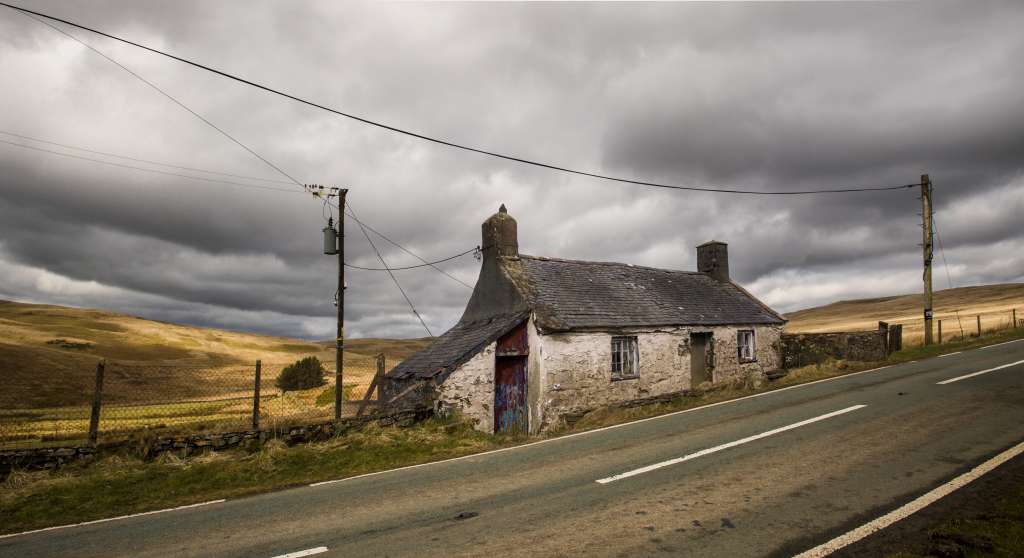Buildings at Risk Catalogue 2018-2019 Buildings at Risk Catalogue, "Revive and Survive" to be published 27 June 2018
This year's forgotten buildings in the Buildings at Risk Catalogue include courthouses, theatres, shipyard offices, churches, barracks, a shopping arcade, a tiny welsh toll cottage, a house inhabited by George Eliot, several large country houses, pubs, town halls, factories and allotment huts.
The pages of the catalogue are full of photographs of unknown or overlooked historic gems some huge, some humble. All have an individual story to tell and are just waiting for sympathetic restoration and reuse.
Access to the full online register to which this year’s entries from Revive and Survive will be added is available to Friends of SAVE. Become a Friend for £36/year (£25 concessions). Please see our website
http://www.savebritainsheritage.org/support-us/become-a-friend for more information.
SAVE’s annual Buildings at Risk Catalogue is a must read for anyone interested in Britain's heritage and is an essential tool for prospective restorers.
SAVE's reports play a critical role in the conservation of Britain's historic buildings. Some two-thirds of the buildings included in SAVE's first report on endangered country houses, published in 1977, had found new owners or uses within three or four years and good news has continued ever since.
Liz Fuller, SAVE’s Building at Risk Officer said: “All over the country there are countless numbers of disused historic buildings which could be revived with new uses to ensure their survival. In preparing this year’s buildings at risk catalogue “Revive and Survive” we have unearthed a treasure trove of beautiful buildings which tell the story of this country but need action to be taken if they are to survive.”
Available to pre-order now, Revive and Survive: Buildings at Risk 2018-19 is priced at £15.00, or £10.00 for Friends of SAVE (+£2.50 P&P/ +£5.00 P&P international). Orders can be made online - http://www.savebritainsheritage.org/publications/ - by post – SAVE, 70 Cowcross Street, London, EC1M 6EJ - or over the phone – 020 7253 3500.
There will be a launch party on 27th June 2018 at the Gallery, 77 Cowcross Street, London, EC1. RSVP essential via https://www.eventbrite.co.uk/e/revive-and-survive-launch-of-the-2018-19-buildings-at-risk-catalogue-tickets-46363023050.
For further information and images, please contact the SAVE Office on 020 7253 3500, or Liz Fuller, SAVE’s Buildings at Risk Officer on liz.fuller@savebritainsheritage.org
Highlights from the 2018-2019 report (photos above)
Railway Inn, London Road, Carlisle, Cumbria
The 1837 Railway Inn is Grade II listed and was built to serve the London Road station (now demolished) on the famous Carlisle to Settle Railway.
The Inn has an interesting history as one of the first pubs in and around Carlisle acquired by the Government in July 1916 under the "State Management" scheme as part of the World War I drive to ensure munitions workers remained sober.
The Council has a combined regeneration plan for this unique area with the revival of the historic buildings as a key part of that project.
7, 8 and 13 Royal Terrace, Southend-on-Sea, Essex
The Royal Terrace, built in the 1790s, was merely The Terrace until 1804, when Princess Caroline, wife of the Prince Regent, stayed in nos. 7, 8 and 9. Nos. 7, 8 and 13 are currently vacant, and in need of new occupiers, royal or otherwise. Two of the houses, of course, have the special royal cachet, but the entire row is special, being both the earliest phase of the development of the fashionable resort of Southend-on-Sea and the only surviving Georgian terrace and is Grade II listed.
Granary at Woodrolfe Creek, Tollesbury, Essex
There is a delicate, painterly beauty to this Grade II listed waterside granary on the Essex coast. It stands in the village of Tollesbury, known as the village of the plough and sail as it has relied on the harvest of both land and sea for generations. Nothing could encapsulate that more than the treasured granary which over the years has had various uses. It may have been used to store grain but it has also been closely associated with the construction and repair of boats.
Despite its delicate beauty, the granary is a survivor – at least so far. It featured in the 2006 BBC series Restoration but did not progress far enough to win funding for a restoration scheme.
The Limes, New Street, Sandwich, Kent
Within the historic town walls of Sandwich on the east Kent coast, this early 19th century house has been standing empty and decaying for decades. It is located on one of the principal routes into the town.
Set back from the road and surrounded by grounds which would make a very respectably sized town garden, the house sticks out as a dilapidated site among the other pristine properties that line the road. It is Grade II listed.
Leas Pavilion, Folkestone, Kent
The Grade II listed Leas Pavilion first opened as high-class tearooms in 1902. The building was constructed below ground level to avoid offending a restriction on blocking light. It was a venue for concerts and dances. During World War I it became popular with the many soldiers based in the town.
There is permission to build over and around this unique venue. A local group, the Friends of the Leas Pavilion, want to see it properly maintained and a halt to the proposed damaging works.
Woolton Hall, Speke Lane, Woolton, Liverpool, Merseyside
This Grade I listed house was built in 1704 and refronted by Robert Adam in 1774-80. Inside it has a number of ravishing interiors which are still intact.
It was sold ten years ago and since then the house has been disused. It is falling into a state of disrepair and needs repairs and a longer term solution for the sustainable use of this exceptional building.
7 Saturday Market Place, King’s Lynn, Norfolk
This utterly winning small building stands in the Saturday Market Place in King’s Lynn, a wedge-shaped open space by the side of St Margaret’s Church where there is still a market on a Saturday. The setting was described by Pevsner as “the embodiment of the smaller English market”.
Built in the mid 19th century it has a narrow site but, undaunted by that, it was given a decorative cornice and painted key stones in each of the three windows that are squeezed on its third floor. Most recently the building served as a pizza restaurant, but, perhaps as a consequence of being a few doors away from a large pizzeria chain, there is a handwritten notice in the window advertising it for sale. It could make a small shop or café.
Middlesbrough Old Town Hall, North Yorkshire
Built in 1846 by architect William Lambie Moffatt of Doncaster and later Edinburgh in an Italianate style, the Town Hall was later used as a library and community centre. The small scale of this building is underscored when compared to its replacement, the gigantically palatial new town hall built in the 1880s (listed Grade II*). This change reflects the growth in Middlesbrough’s fortunes over that period.
The building is owned by Middlesbrough Council who is currently exploring ways to address this and find a future for the building as a focal part of the regeneration of St Hilda’s and Middlehaven.
Newark Corn Exchange, Newark, Nottinghamshire
This grand Italian Baroque Corn Exchange of 1847-8 by Henry Duesbury gives the appearance of a symmetrical spaceship that has just landed between two red-bricked late 18th/early 19th century town houses. It sits imposingly above the river with an over grown terrace garden.
After the corn exchange ceased trading, the building had a variety of uses from a lecture theatre and a bingo hall to a restaurant/club, but now stands empty. A use which brings this landmark building back into service is needed. It is currently for sale.
Bird Grove, Coventry, West Midlands
This substantial early 19th century house has rather an institutional feel to it. However, it is Grade II* listed because of its special connection to Mary Ann Evans, otherwise known as George Eliot.
The young lady who was to become a successful writer moved here when she was 21 years old in 1841. Though she was not yet writing novels, it was a very formative period in her life and she mixed in local intellectual circles. She began writing anonymous articles and book reviews for a local newspaper.
Allotment Huts, Stoney Road Gardens, Coventry, West Midlands
Set in an area of allotments which are a Grade II* park and garden, there are about eight tiny summer houses, which are each individually listed.
The little houses are in declining condition although they have been maintained over the years by the allotment association which is responsible for them. However, there is now a need to do some more substantial work. These wonderful and charming survivors now need help to be preserved for generations to come.
Bronte Cinema, Howarth, West Yorkshire
The cinema was designed by Albert Thompson of Keighly and was in use as a cinema until 1956 after which time it was used as a factory or warehouse. Inside it has many original features including plaster decoration, stained glass, and original joinery.
It is unlisted and has never been modernized and so is a remarkable survivor.
Tyrpeg Mynydd, Conwy, Wales
This early 19th century vernacular cottage stands on a main road but is otherwise isolated in remote moorland near the Conwy/Denbighshire border. This modest, single storey structure has low painted stone rubble walls and a slate roof. The cottage itself is made up of only two rooms. It is Grade II listed.
The cottage was used as a turnpike cottage and one can only imagine the solitary and simple life of the turnpike keeper in this remote spot. There is a wonderful detail recorded in the listing entry which describes a small window in the north wall next to the chimney which looks out over the moor.
Notes to editors:
- Revive and Survive is the latest in a series of annual catalogues. Our first buildings at risk report was Empty Quarters (1989-90).
- SAVE was the first organisation to launch a buildings at risk register, highlighting the many wonderful listed and unlisted buildings around the country in need of new owners and new uses. Our online register, accessible to Friends of SAVE, has grown to over 1,000 entries since it was launched in 1998.
- SAVE Britain’s Heritage has been campaigning for historic buildings since its formation in 1975 by a group of architects, journalists and planners. It is a strong, independent voice in conservation, free to respond rapidly to emergencies and to speak out loud for the historic built environment.

